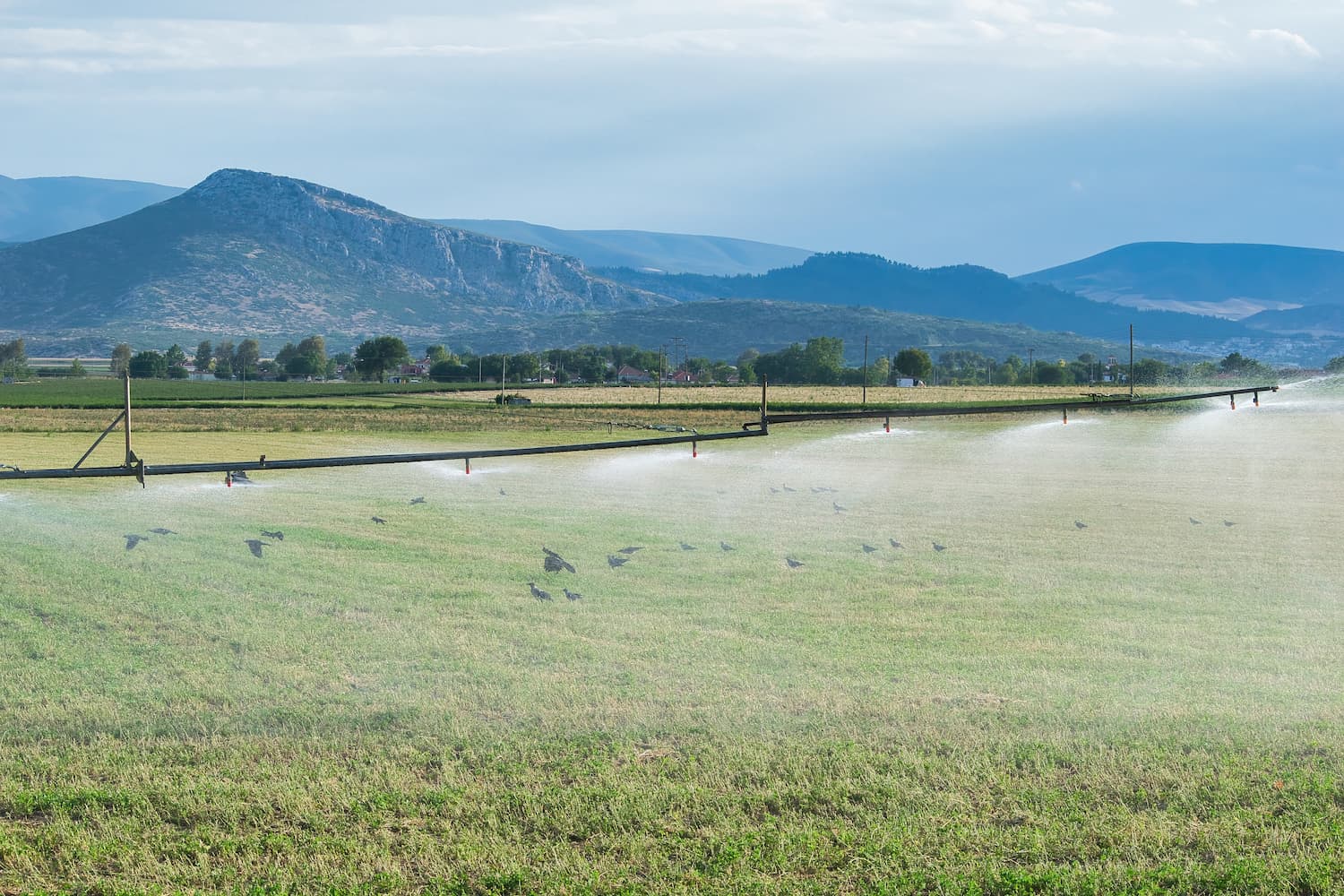EO Capability Benefits
Three-dimensional humidity profiles are a key variable for global and regional weather prediction models. Weather prediction models are used to produce short- and medium-range forecasts focusing on the troposphere and lower stratosphere. The field of climate monitoring also greatly depends on upper tropospheric humidity datasets for evaluating climate models.
EO Capability Description
Depending on altitude and spatial resolution requirements, atmospheric humidity can be derived using a multitude of approaches. Coarse vertical profiles covering the troposphere to lower stratosphere have been produced using microwave sounders with a resolution of 3-5 km. Multi-decadal tropospheric humidity profiles have been derived through the emerging field of GPS occultation. 1km resolution water vapor profiles in the same altitude can also be produced using infrared interferometry by analysing thermal infrared spectra.
GPS radio occultation measures vertical profiles of temperature and humidity by tracking signals received from a constellation of GPS navigation satellites as they set or rise behind the Earth’s atmosphere. The degree to which radio waves are refracted depends on gradients of air density, which in turn depend on temperature and water vapour present (read more on this technology here). This revolutionary approach enables spatial resolutions of less than 100m.
If geostationary sensors (multi- or hyperspectral) are used, total column water vapor can be measured at up to hourly intervals, but without vertical profiling.
Indicative Cost Range Details
As use cases involving climate and weather data often require frequently updated or even ‘real-time’ observations rather than a once-off mapping exercise, pricing tends to follow a subscription model. License fees then often differentiate between various user groups. An example would be the European Centre for Medium-Range Weather Forecasts’ data pricing models.
Indicative Cost Range
Subscription



